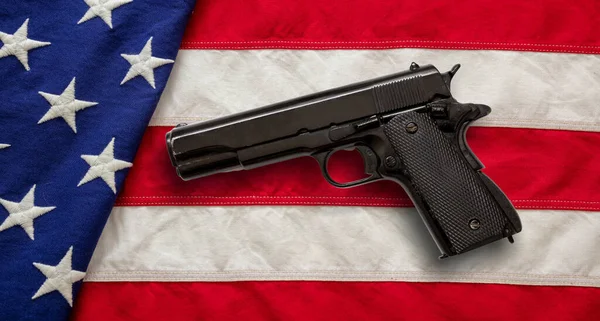
Think you’ve got a handle on American gun laws? Think again. Even experienced gun owners are frequently astonished by just how much the regulations can change from state border to state border and how much those shifts can affect everything from your right to carry to what kind of ammo you can purchase.
Whereas the Second Amendment gives Americans the right to bear arms, the complex web of state and local laws makes it impossible to have a simple answer even to the most fundamental questions. And these distinctions are not mere legal tidbits they have the potential to influence your safety, your finances, and your liberty.
Here’s a closer examination of some of the most misinterpreted, most controversial, and most influential aspects of U.S. gun law today along with the facts that may change your perspective on carrying, purchasing, or owning a firearm.

1. The Age Rules Aren’t the Same for All Firearms
Federal law makes a clear distinction between handguns and long guns: 21 to buy a handgun from a licensed dealer, but 18 to acquire a rifle or shotgun. This disparity has fueled heated debates, with some proponents urging to equate the minimum age for all firearms. The distinction may look insignificant, but it can mean a great deal to young adults seeking to exercise their rights or to others worried about youth access to specific weapons.
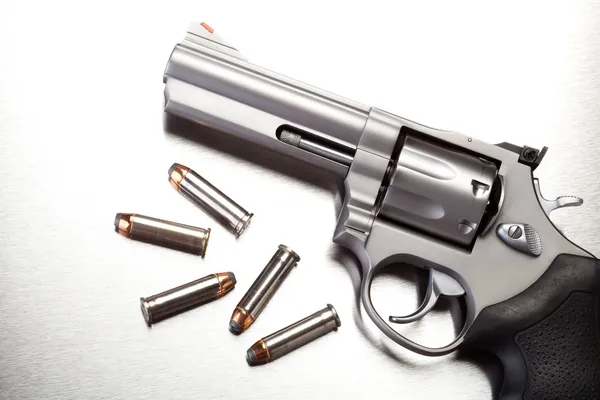
2. Taking a Gun Across State Lines Is Legal But Complicated
With the Firearm Owners Protection Act, carrying a gun across state lines is permissible if it’s for legal purposes and is in a locked container. But the catch is this: every state has its own possession, carry permit, and magazine limit laws. So a road trip from Texas to New York might take you from liberal open carry to the nation’s most stringent gun control. Familiarity with every state’s laws you cross isn’t just intelligent it’s vital to preventing legal issues.
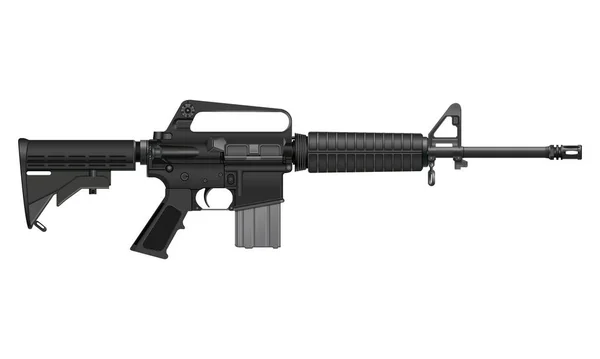
3. Assault Weapons Aren’t Banned Everywhere
Contrary to popular opinion, there is no federal prohibition on assault weapons in effect today. The Federal Assault Weapons Ban of 1994 expired in 2004, and although studies indicate that its 10-year existence saw mass shooting deaths were 70% lower, Congress has not renewed it. Nowadays, only a few states such as California, New York, and Connecticut have banned them individually. Everywhere else, these weapons are legal except where prohibited at the state level.

4. The Gun Show Loophole Is Real In Some States
Federal law mandates background checks at gun shows for licensed dealers, but private sellers are not necessarily subject to the same requirements. In states without universal background check legislation, this leaves open what’s commonly referred to as the “gun show loophole.” For instance, in Florida, a private seller can sell a firearm at a gun show without a background check, an omission gun safety activists say allows prohibited purchasers to obtain weapons more easily.

5. Magazine Capacity Laws Vary Where You Live
At the end of 2023, 14 states and Washington, D.C., have magazine capacity limits usually to 10 bullets, although some states limit them to 20. Vermont limits the magazines on handguns to 15 bullets. These are intended to decrease the harm that can be done in mass shootings, but in most states, no such limits exist, so high-capacity magazines are available for anyone to use.
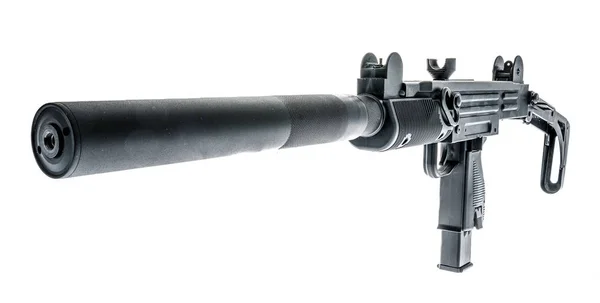
6. Suppressors Are Legal in Most States With Paperwork
Gun silencers, commonly referred to as suppressors, are legal in 42 states, but a purchase isn’t as easy as a quick grab off the shelf. Buyers have to register under the National Firearms Act, undergo a stringent background check, and shell out $200 in tax. Some view suppressors as a safety device to limit hearing impairment, while others cite their use in high-profile crimes as an argument for more controls.
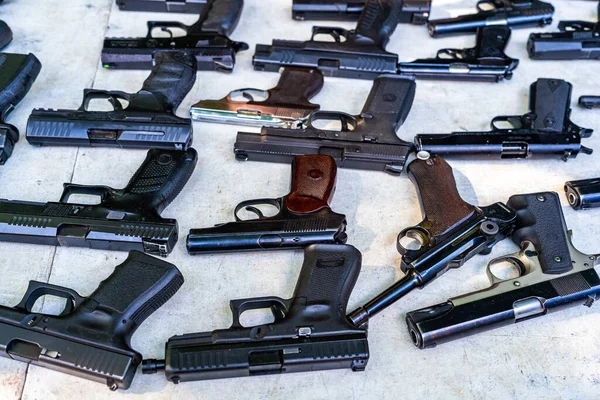
7. Federal Law Protects Gun Manufacturers But Not Always
The Protection of Lawful Commerce in Arms Act typically guards gun manufacturers and dealers from being sued when their guns are employed to commit crimes. Yet there are exceptions. In the Sandy Hook case, families prevailed in suing Remington, alleging its advertising practices led to the slaughter. This historic settlement has triggered similar lawsuits playing the same card as a way to hold the industry accountable.
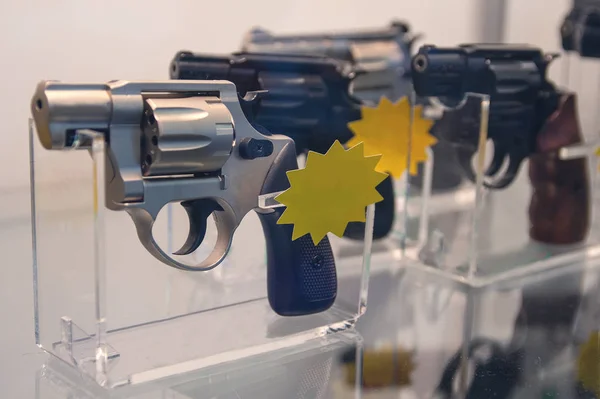
8. Waiting Periods Are a State-by-State Choice
There is no federal waiting period to purchase a weapon, but some states do. California has a 10-day wait, and Florida has only three for handguns. Waiting periods prevent sudden acts of violence or suicide, say supporters. Critics counter that they unfairly hold up law-abiding customers.

9. Weakened Gun Laws Have a Costly Price Tag
The states with the most lax gun laws don’t only have the highest rates of gun-related deaths those states also have very high economic costs. Gun violence, Everytown for Gun Safety estimates, costs the United States $557 billion a year, with taxpayers paying $12.6 billion of that. In strong gun-law states, the per-capita cost can be less than $800 a year; in weak gun-law states, it can climb over $2,800. That’s money that might otherwise fund schools, healthcare, or roads.
Gun laws in America are a complex mix of federal standards and state-specific rules, and the stakes for misunderstanding them are high. Whether you’re a gun owner, a policy watcher, or simply someone concerned about public safety, staying informed is the best way to protect both your rights and your community. In a landscape where the legal terrain can change from one county to the next, knowledge isn’t just power it’s protection.


